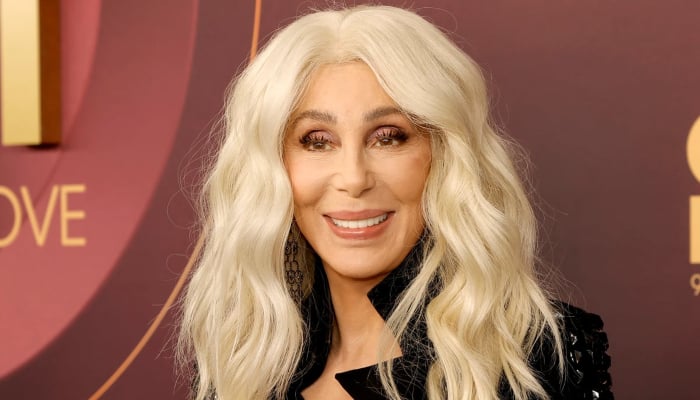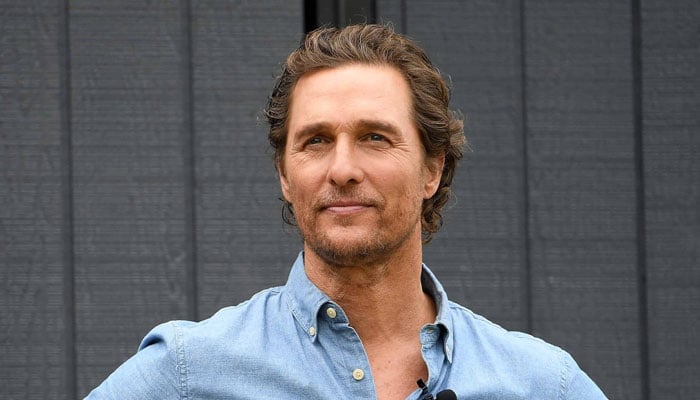

Indian media crying over Hasina’s ouster n Claims ISI, China backed protesters to change regime.
DHAKA - Bangladesh’s president dissolved parliament Tuesday, clearing the way for new elections to replace the longtime prime minister who resigned and left the country after weeks of violent unrest.
President Mohammed Shahabuddin’s office announced the decision Tuesday afternoon. Earlier, a protest leader had threatened to return to the streets unless parliament was dissolved the same day.
Bangladesh’s uncompromising ex-prime minister Khaleda Zia has been released from years of house arrest after her bitter enemy Sheikh Hasina was ousted as premier and fled as protesters stormed her palace. The ferocious rivalry between the two women -- born in blood and cemented in prison -- has defined politics in the Muslim-majority nation for decades. Zia, 78, was sentenced to 17 years in prison for graft in 2018 under Hasina’s rule.
Hasina, 76, was ousted on Monday after mass protests, with the army chief declaring the military would form an interim government.
Orders were then issued for the release of prisoners from the protests, as well as Zia.
Zia is chairperson of the key opposition Bangladesh National Party (BNP). Party spokesman A.K.M Wahiduzzaman told AFP Tuesday that she “is now freed”.
She is in poor health, confined to a wheelchair with rheumatoid arthritis and struggling with diabetes and cirrhosis of the liver.
Bangladesh Nobel winner Muhammad Yunus said Tuesday he is ready to head a caretaker government, a day after the military took control as mass protests forced longtime ruler Sheikh Hasina to flee.
Microfinance pioneer Yunus, 84, is credited with lifting millions out of poverty -- earning the enmity of ousted Hasina and the wide respect of millions of Bangladeshis.
“If action is needed in Bangladesh, for my country and for the courage of my people, then I will take it,” he told AFP in a statement, also calling for “free elections”, after student leaders called for him to lead an interim government.
Hasina, 76, had been in power since 2009 but was accused of rigging elections in January and then watched millions of people take to the streets over the past month demanding she quit.
Hundreds of people were killed as security forces sought to quell the unrest but the protests grew and Hasina finally fled aboard a helicopter on Monday after the military turned against her.
Army chief General Waker-Uz-Zaman announced Monday the military would form an interim government, saying it was “time to stop the violence”.
The president dissolved parliament on Tuesday, a key demand of the student leaders and the major opposition Bangladesh National Party (BNP), which has demanded elections within three months.
Nobel laureate Prof Muhammad Yunus will be the chief adviser of the interim government, said a press release of Bangabhaban today. The decision came after a meeting on the formation of the interim government between key organisers of the anti-discriminatory movement and President Mohammed Shahabuddin. The heads of three armed forces were also present at the meeting.
Meanwhile, Indian media has been crying over the ouster of Sheikh Hasina. “The main architect behind the turmoil in Bangladesh that led to the fall of the Sheikh Hasina-led government and left over 300 dead is believed to be the Islami Chhatra Shibir (ICS), the student wing of Jamaat-e-Islami Bangladesh, sources said. The organisation is believed to have the backing of the Pakistani intelligence agency ISI.”
Indian intelligence agencies also claimed that it was the Pakistani ISI and China that fuelled the unrest in Bangladesh, which eventually led to the ouster of former PM Sheikh Hasina. They also claim that Islami Chhatra Shibir (ICS), the student wing of Jamaat-e-Islami Bangladesh, wanted to replace Hasina with a regime that is friendly to Pakistan and China and hospitable for the anti-India terror groups.
Also, protesters stormed the Bangladesh consulate in New York and took down the portrait of Sheikh Mujibur Rahman. Visuals showed protesters barging inside the building and taking down the portrait of the founder of Bangladesh.












